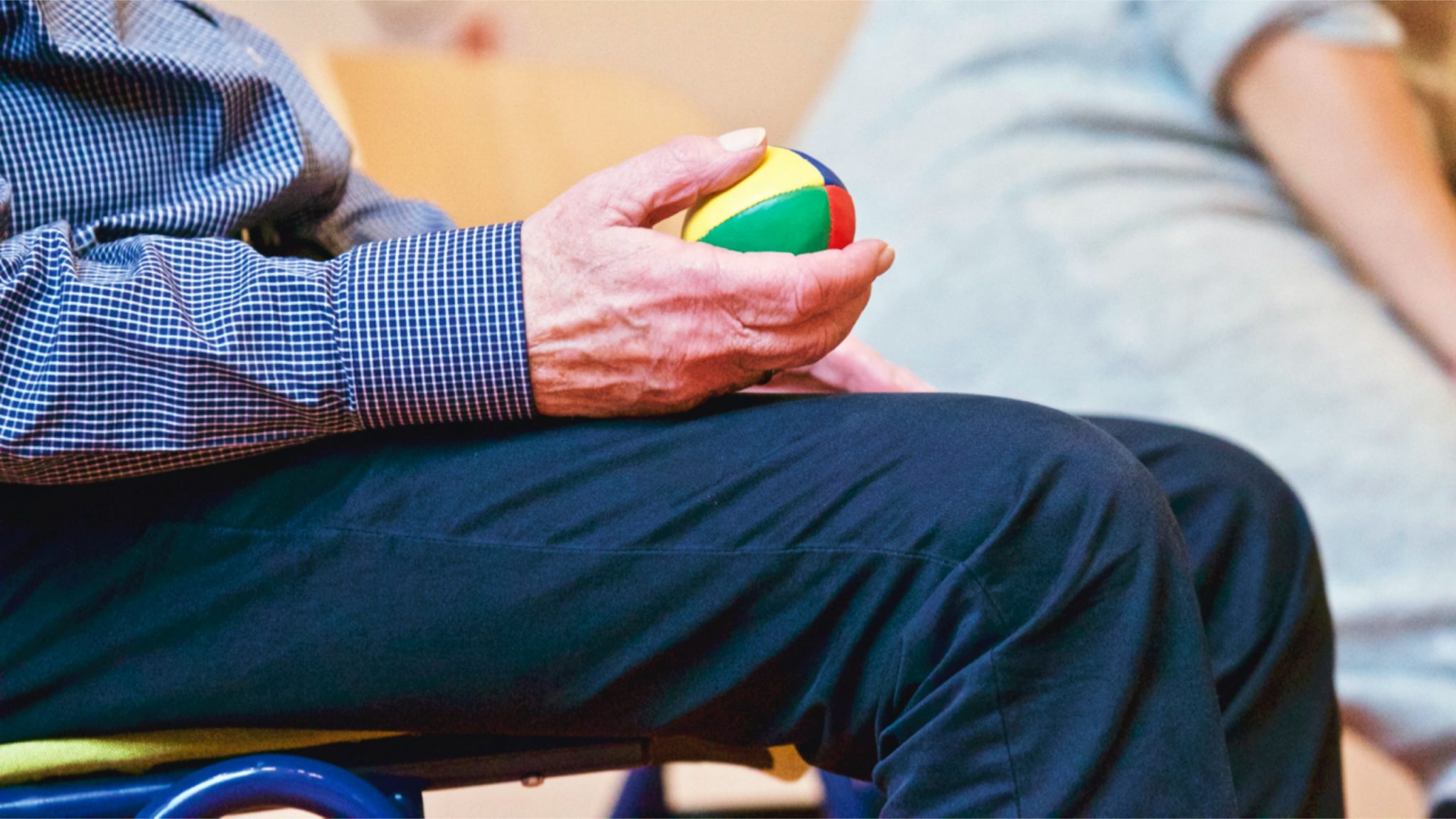Signs and Causes of Deep Vein Thrombosis
If you’ve ever heard of deep vein thrombosis, also referred to as DVT, and the complications it can cause in a person’s health, you’re probably curious about the signs and causes of this serious vein condition. Arming yourself with knowledge about what can put you at a higher risk for deep vein thrombosis can help you make changes in your life to keep yourself healthy and well.
While deep vein thrombosis can sometimes show no symptoms, most often you will notice several changes in the one affected leg, such as pain, swelling, and redness. This condition can be caused by a number of factors, most of which involve a lack of body movement adequate for proper blood flow. However, there are some hereditary conditions that can increase the risk for deep vein thrombosis.
What is Deep Vein Thrombosis?
Basically, deep vein thrombosis is a blood clot in a deep vein. This happens most frequently in the legs. DVTs must be taken seriously because if the blood clot loosens, it can travel up to the lungs or heart. Because of the severity of this condition, it is recommended to seek emergency care if it is suspected that you are experiencing deep vein thrombosis.
What are the Signs of Deep Vein Thrombosis?
It’s very important to be aware of the signs of possible DVT, because left untreated it can be fatal in some cases. It’s best to seek treatment as soon as possible when you notice signs of deep vein thrombosis. Most often, a blood clot will only occur in one leg at a time. Take a look at the following symptoms that may indicate possible deep vein thrombosis.
Some signs that you may have developed DVT are:
- A swollen leg
- Pain and cramping in one leg
- Redness in one area of the leg
- Excessive heat coming from one spot on the leg
Swelling in the Leg
One of the first signs of a potential DVT is swelling in just one leg. If you notice a considerable difference in the size of both legs, it could be a sign that there’s a vein issue.
Cramping and Pain in the Leg
It may feel like you pulled a muscle in your calf. Standing on that leg can be very painful, if not impossible.
Redness and Inflamed Area on the Leg
There may be a small area that appears more swollen, red, and inflamed on the leg.
Warmth on a Small Area of the Leg
You may notice a small area on the leg that feels very warm to the touch. It will feel noticeably warmer than the surrounding area.
Occasionally, deep vein thrombosis can occur without any noticeable symptoms. You may not be aware that there is a blood clot in your leg until you experience a life-threatening complication like a pulmonary embolism.
Symptoms of a pulmonary embolism include:
- Chest pain
- Shortness of breath
- Increased heart rate
- Feeling faint
- Rapid, shallow breathing
If you’re experiencing any of these symptoms, it’s important to seek care as soon as possible to rule out the possibility of deep vein thrombosis or a pulmonary embolism.
If you are at a higher risk for developing a DVT, it’s essential to practice good vein care. Taking preventive actions, such as making diet and lifestyle changes, can help reduce the risk of developing deep vein thrombosis.
What Can Cause Deep Vein Thrombosis?
Since deep vein thrombosis is such a serious health condition, it is imperative that you’re aware of the risk factors. If any of the below apply to you, make it a point to address any behaviors that can increase your risk. In some cases, you may not be able to eliminate or reduce the behavior. If so, add as many vein-supporting habits into your life that you can to help counteract the risk factors.
Some of the most common behaviors that increase the risk of deep vein thrombosis are:
- Heredity
- Smoking
- Lack of exercise
- Birth control pills
- Sitting or standing for excessive periods of time
- Airplane travel
- Long car trips
- Aging
- Excess weight
Heredity
Heredity can play a role in your risk for developing deep vein thrombosis. Hereditary antithrombin deficiency involves an increased risk of developing blood clots, particularly DVTs. Nearly half of the people with this disorder will experience an abnormal blood clot at least once in their lifetime. Since you can’t control your genetic risk of deep vein thrombosis, the best thing you can do is follow a healthy vein regimen to reduce the chances of a clot as much as possible.
Smoking
Smoking constricts the blood vessels which makes it more difficult for blood to circulate effectively. Poor circulation increases the risk of all types of vein disease, including DVT.
Lack of Exercise
Lack of exercise keeps the blood stagnant. Your body needs movement to help pump the blood back up the legs to the heart.
Birth Control Pills
Birth control pills or any other hormonal form of birth control can cause the blood to clot.
Sitting or Standing Excessively
Sitting or standing for excessive periods of time prevents the blood from flowing freely. Your blood can pool in the legs and feet, creating more pressure on the vein valves.
Airplane Travel
Airplane travel is not conducive to the adequate movement of the body. You’re sitting in a small space for hours at a time which can aggravate vein issues.
Road Trips
Long car trips are also problematic like airplane travel. When you’re sitting for long periods of time, your blood is stagnant.
Aging
The risk of developing DVT increases after age 60 although it’s possible to develop a blood clot at any age.
Excess Weight
Being overweight can increase the pressure on the veins in the legs, which can raise the chances of developing vein disease, including DVT.
How to Decrease the Risk of Developing DVT
You may have noticed that the list of risk factors for developing deep vein thrombosis revolves primarily around a lack of physical activity. Whether it’s incorporating more consistent exercise sessions into your life or making sure to get up and move when sitting for more than 30 minutes at a time, you’ll be able to take more control over your risk of developing DVT if you stay more active.
Summary
Now you know how certain health factors can affect your susceptibility to getting deep vein thrombosis. You also know that this serious vein condition can affect people of all ages. Awareness of the risk factors for developing deep vein thrombosis can help you to make changes in your diet and lifestyle to promote healthy veins and lower your chances of venous insufficiency.
While a healthy diet and lifestyle are extremely helpful for decreasing your chances of developing deep vein thrombosis and alleviating the symptoms if you do get them, it’s important to seek out professional care if you show signs of DVT. If you’re experiencing symptoms of deep vein thrombosis, seek medical attention as soon a possible. If you experience any signs of venous insufficiency that don’t respond to diet and lifestyle changes, contact us today to book an appointment.





